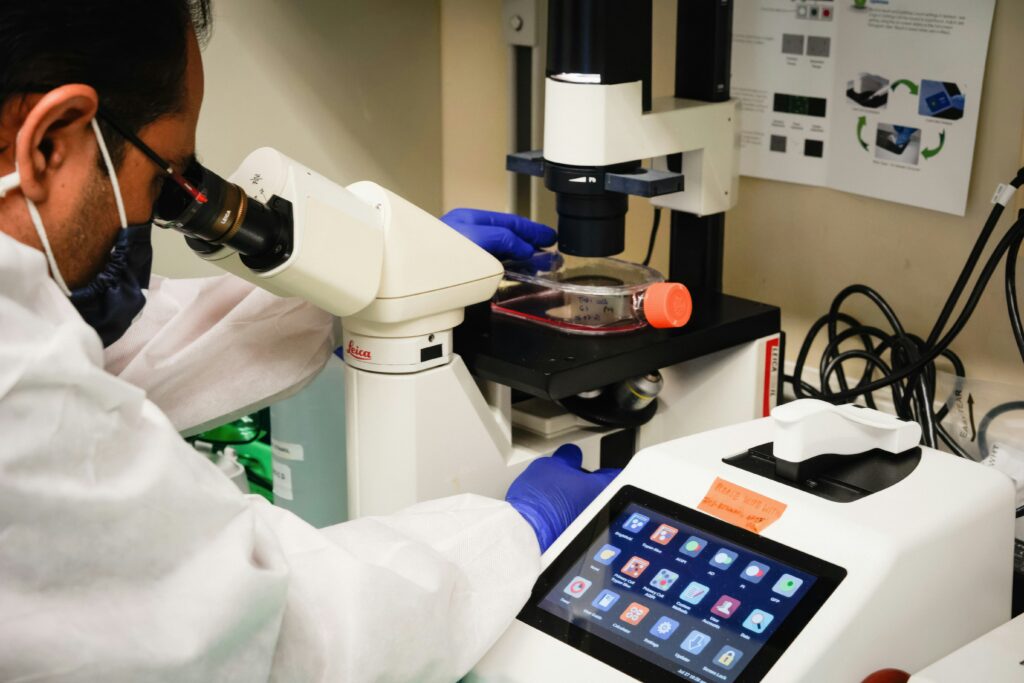Mirum Pharmaceuticals (NASDAQ:MIRM) continues to intrigue growth-focused investors despite trading at a relatively low price-to-sales (P/S) ratio of 6.7x—particularly when compared to the broader biotech sector where median P/S ratios Mirum Pharmaceuticals, Inc. (NASDAQ: MIRM) is a biopharmaceutical company focused on transforming the treatment landscape for rare liver diseases and other debilitating conditions. Headquartered in Foster City, California, the company was founded in 2018 with a mission to develop and commercialize novel therapies that address critical unmet needs in pediatric and adult hepatology. Since its inception, Mirum has rapidly evolved from an early-stage startup into a revenue-generating biotech with multiple regulatory approvals, a growing global commercial presence, and a promising clinical pipeline.
The cornerstone of Mirum’s commercial success is its flagship product, Livmarli (maralixibat), an FDA-approved oral therapy designed to treat cholestatic pruritus in patients with Alagille syndrome (ALGS) and Progressive Familial Intrahepatic Cholestasis (PFIC). These rare pediatric liver disorders can lead to severe itching, liver failure, and reduced quality of life. Livmarli represents a breakthrough in treatment, offering patients and their families a first-in-class option that has demonstrated strong efficacy and tolerability across multiple clinical studies. The drug is also approved in several international markets, and its continued geographic and label expansion is a core component of Mirum’s growth strategy.
Mirum’s approach to drug development is rooted in deep scientific expertise in hepatology, a focused regulatory strategy, and a commitment to innovation. In addition to Livmarli, the company is advancing volixibat, a promising investigational asset currently in Phase 3 development for the treatment of adult cholestatic liver diseases such as primary sclerosing cholangitis (PSC) and intrahepatic cholestasis of pregnancy (ICP). Recent clinical trial data have shown encouraging reductions in serum bile acids and symptom relief, positioning volixibat as a potential follow-on blockbuster in Mirum’s pipeline.
The company’s growth has been accelerated by its efficient commercialization model, strategic partnerships, and robust intellectual property portfolio. Mirum has assembled a seasoned leadership team with extensive experience in rare disease drug development, regulatory navigation, and global market access. Its business model is also structured to optimize cash efficiency, enabling the company to fund clinical trials, expand its commercial reach, and invest in next-generation therapies without excessive dilution or overreliance on debt.
With a rare combination of commercial execution, innovative R&D, and operational discipline, Mirum Pharmaceuticals is carving out a leadership position in the rare disease space. The company’s continued focus on niche, high-value markets, its patient-first mission, and its ability to secure regulatory milestones in record time have made it a standout among small to mid-cap biotech stocks. As the company continues to scale and deliver on its pipeline potential, it stands poised to generate significant long-term value for patients, physicians, and investors alike.around 8.7x and some peers trade at valuations exceeding 50x. While at first glance, this lower multiple might seem like a red flag, a deeper analysis reveals a far more compelling story of undervaluation, pipeline strength, and long-term upside potential.
Mirum’s Revenue Growth Tells a Different Story
While the market seems to be cautious about Mirum’s forward growth, the company’s historical performance paints a far more optimistic picture. Over the last year, Mirum delivered an exceptional 69% revenue increase. Even more notably, its three-year revenue growth has skyrocketed, far outpacing many of its industry peers. This explosive growth trajectory has largely been fueled by the global expansion of its lead asset, Livmarli (maralixibat), which is now approved for Alagille syndrome and progressive familial intrahepatic cholestasis (PFIC)—two ultra-rare liver diseases that previously lacked effective treatments.
Despite this, analysts project that Mirum’s future revenue growth will slow to approximately 20% annually over the next three years. While this is still impressive for most biotech firms, it significantly trails the broader biotech industry’s forecasted 103% growth over the same period. This discrepancy is likely what’s weighing down Mirum’s P/S ratio. However, it also opens the door to a contrarian opportunity: Mirum’s growth is being discounted just as its commercialization engine is gaining strength.

CHECK THIS OUT: Exact Sciences (EXAS) Just Made Cancer Detection 100x Easier! and Soleno Therapeutics (SLNO): The Biotech Company That Could Make You Rich.
A Misunderstood Valuation Amid Sector Tailwinds
The valuation disconnect becomes more striking when you consider Mirum’s growing footprint in rare liver diseases, a field that continues to attract heightened interest from both large pharmaceutical companies and institutional investors. With an FDA-approved therapy already generating robust sales, Mirum is not a speculative pre-revenue biotech—it’s a revenue-generating, expanding enterprise with clear commercial visibility.
Furthermore, Mirum’s valuation is especially compelling when juxtaposed with biotech peers that trade at far loftier multiples despite having no approved products or clear commercialization strategy. In contrast, Mirum has a de-risked pipeline, existing regulatory approvals, growing global sales infrastructure, and a promising late-stage candidate, volixibat, which recently posted strong Phase 2b data and is progressing into Phase 3.
Market Sentiment: A Disconnect Between Fundamentals and Expectations
The low P/S is likely being driven more by market sentiment than by company fundamentals. Many investors appear skeptical of Mirum’s ability to sustain hyper-growth in a competitive and research-intensive field. However, this skepticism may be short-sighted. If the company even modestly outperforms its conservative growth estimates—or if volixibat gets approved and commercialized successfully—this could lead to a dramatic re-rating of the stock.
It’s important to recognize that the P/S ratio, while helpful, doesn’t capture the full picture—especially for a company transitioning from high investment phases to a period of cash flow and earnings expansion. For Mirum, the investment thesis hinges not just on current revenue multiples but on the potential for margin expansion, multiple FDA label expansions, international market growth, and the possibility of future partnerships or acquisitions.
Analyst Forecasts and Insider Alignment Support the Upside
Nine analysts currently cover Mirum Pharmaceuticals, and the consensus among them is overwhelmingly positive. Despite projecting a more modest growth rate compared to the broader sector, the average analyst price target ranges between $68 to $79, indicating significant upside from its current trading range of ~$52.8 as of August 6, 2025. This suggests that even within the context of slower growth, analysts see Mirum as undervalued based on its de-risked profile and long-term revenue potential.
Adding to the bullish case is strong insider ownership—currently sitting at approximately 22.9%—indicating that management’s interests are directly aligned with those of shareholders. Institutional interest also remains high, with firms like Jefferies recently increasing their stakes.
Conclusion: A Classic Undervalued Growth Play in Biotech
Mirum Pharmaceuticals stands out as a rare undervalued gem in the biotech sector—a company with proven revenue generation, accelerating commercial success, and a robust late-stage pipeline. While its lower-than-average P/S ratio reflects market concerns about future growth deceleration, the reality is that the company is operating from a position of strength.
If Mirum continues to execute on its commercial strategy, secures further approvals, and surprises the market with even moderate overperformance, it could quickly move from undervalued to overbought. For investors seeking exposure to a biotech company with both short-term catalysts and long-term durability, Mirum Pharmaceuticals may offer an asymmetric risk/reward profile that’s hard to ignore. Now may be the time to consider this overlooked leader in rare liver disease therapeutics before the broader market catches on.
READ ALSO: Johnson & Johnson (JNJ) can be the Next Trillion-Dollar Stock and Boston Scientific (BSX) Just Signed a $45M Deal—Here’s What It Means for Investors.








